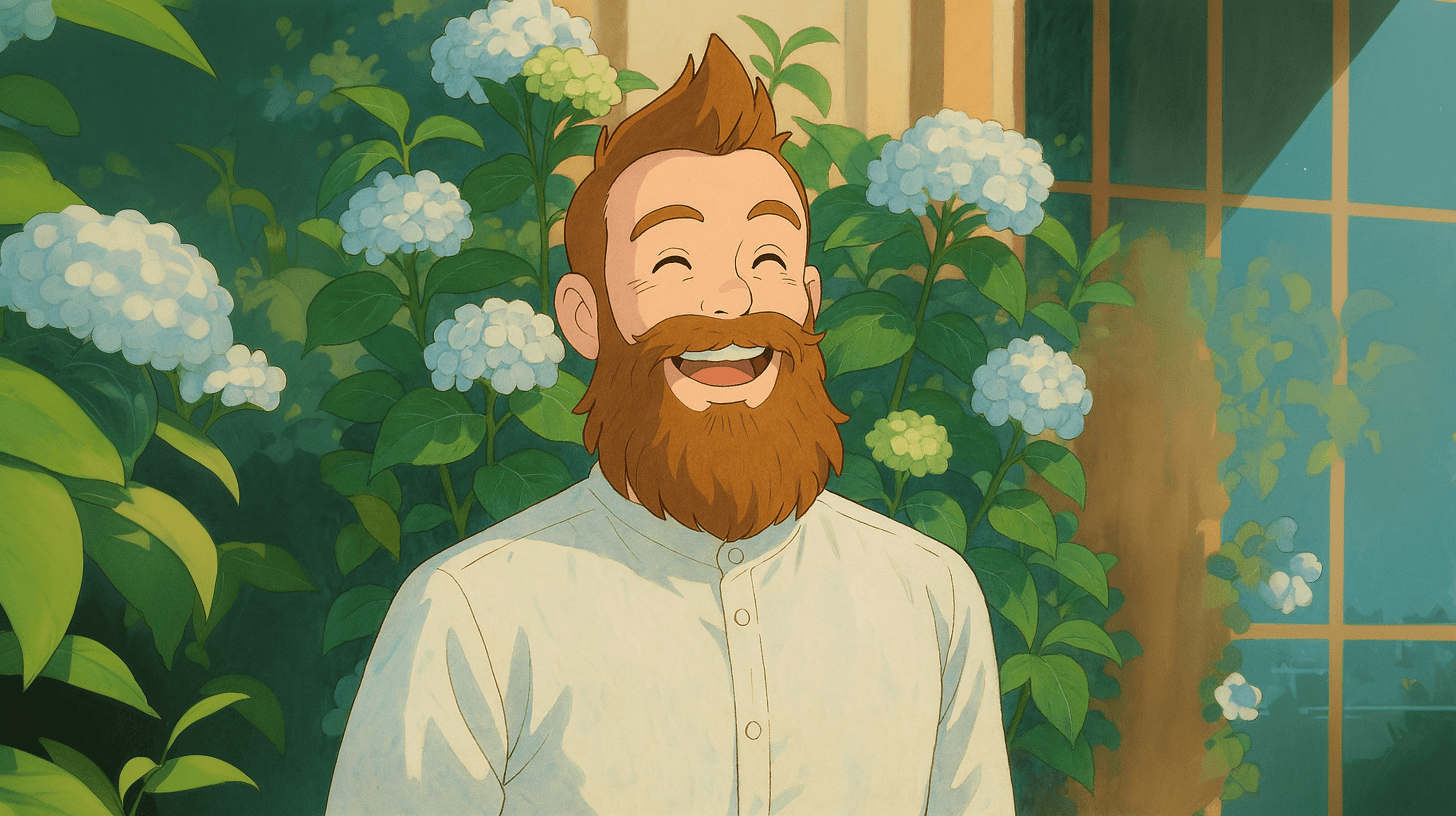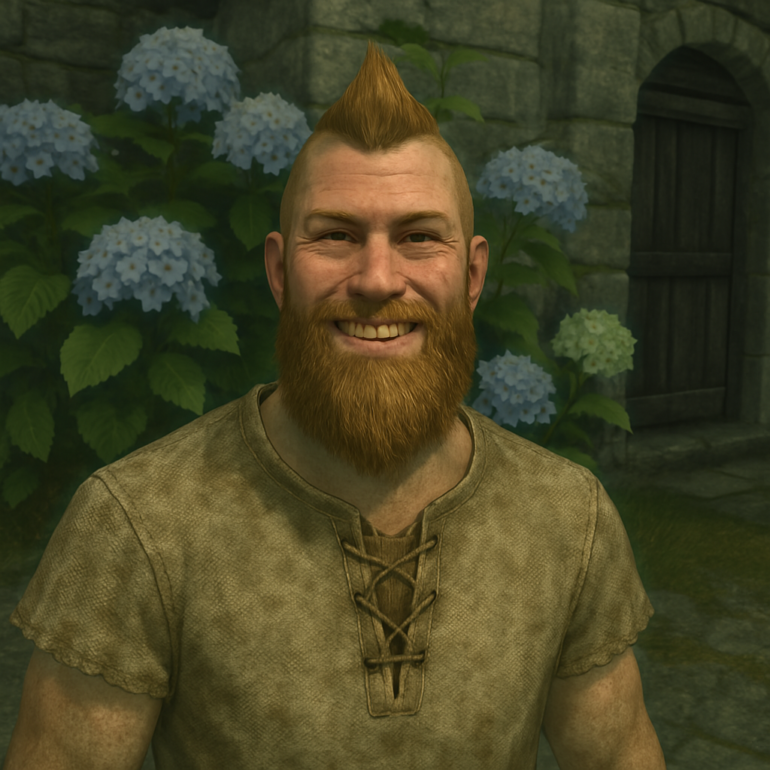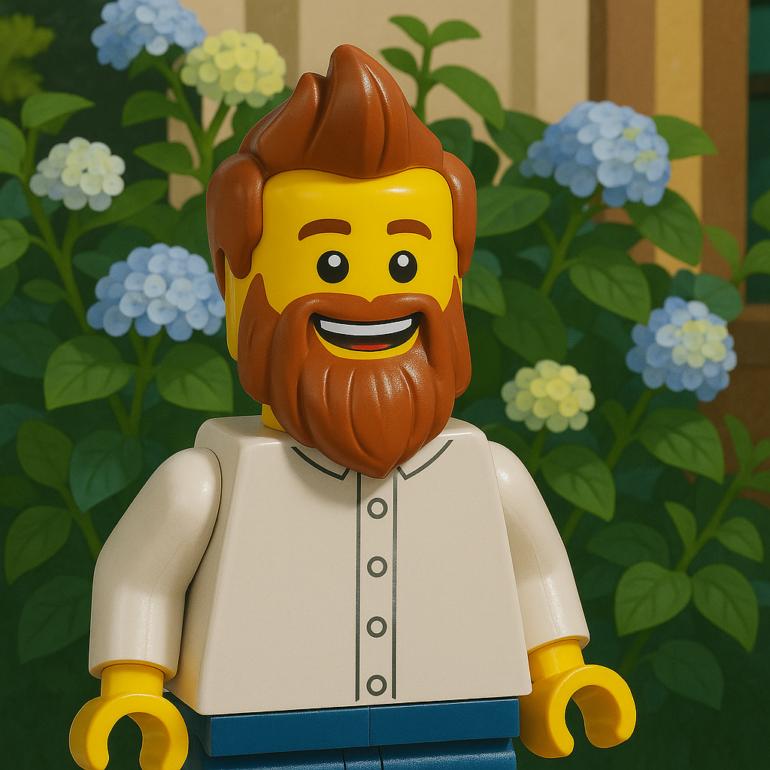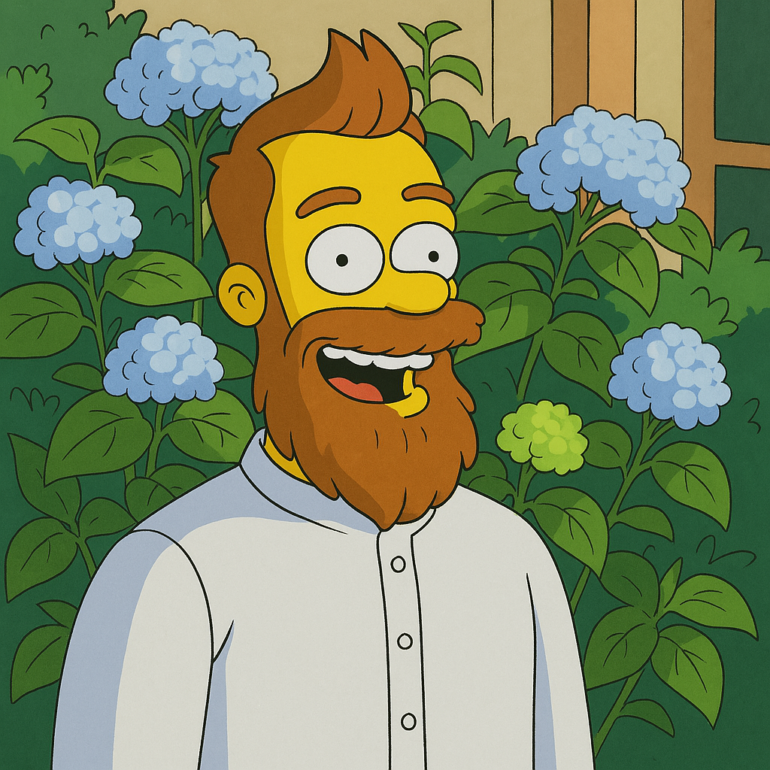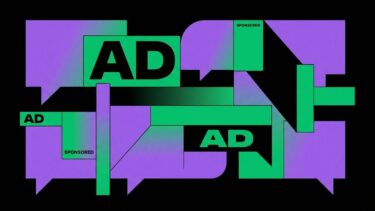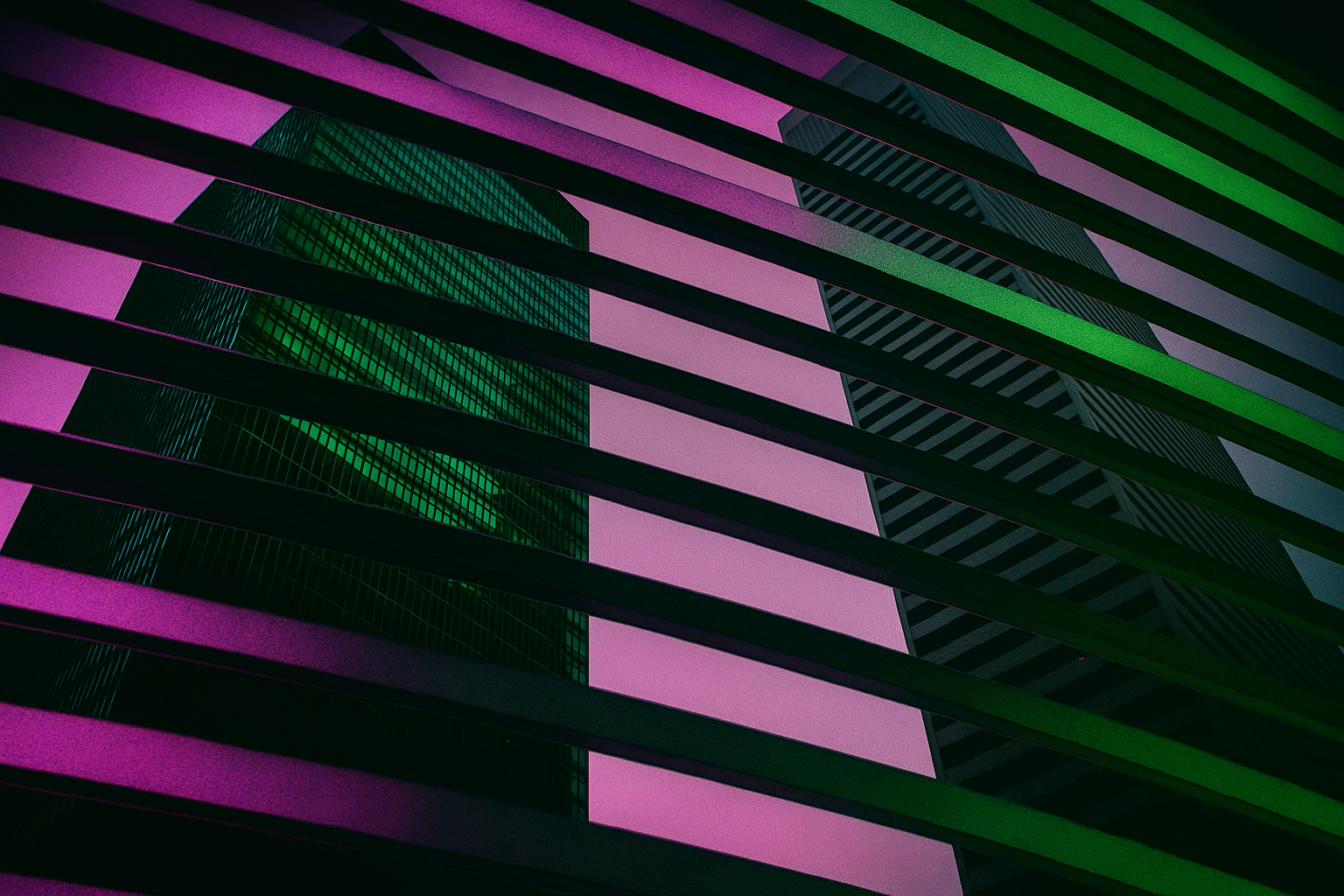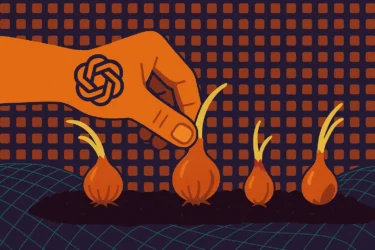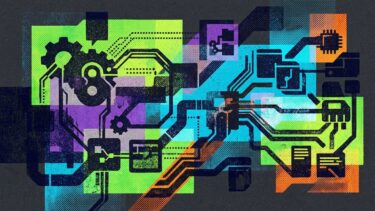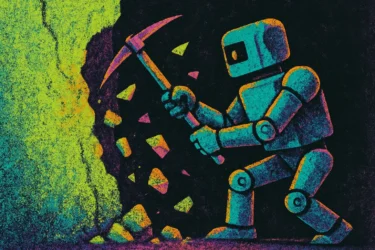OpenAI has unveiled new guidelines for image generation in GPT-4o, marking a shift toward giving users more creative freedom while maintaining certain safety guardrails.
Joanne Jang, who oversees model behavior at OpenAI, detailed the company's thinking behind these changes in a Substack post. According to Jang, the company is moving away from strict content restrictions in favor of giving users more autonomy. "AI lab employees should not be the arbiters of what people should and shouldn't be allowed to create," Jang explains.
For public figures, OpenAI now offers an opt-out option rather than blanket restrictions. The company has also reconsidered its approach to potentially sensitive content, working to avoid implicit bias in content filtering. Previous policies blocked requests like "make the person heavier" or "make this person's eyes look more Asian," which inadvertently suggested these characteristics were offensive. The new guidelines aim to eliminate such unintended value judgments.
Even controversial symbols like swastikas aren't completely banned, as they may have legitimate educational or cultural uses. Instead, OpenAI says it's developing technical tools to detect and prevent misuse.
Special protections remain in place for minors, with strict safeguards applying to both research and product use. OpenAI says it will continue refining these guidelines based on user feedback and experience.
Navigating industry and political pressures
While Jang frames the changes as a natural evolution in OpenAI's thinking, there's likely more to the story. The shift comes as competitors like xAI take a more permissive approach. Grok 3, for instance, places almost no restrictions on image generation with its Aurora model.
The broader context also includes shifting attitudes toward content moderation in the U.S. Under the banner of free speech, problematic content such as hate speech, disinformation, and extremist symbols is increasingly finding acceptance in public spaces. AI companies now face a difficult balancing act between maintaining ethical standards and responding to political pressure to adopt content moderation policies, especially to be "less woke."
GPT4o's image capability has already sparked controversy over artistic style replication (see examples above). Since its launch, ChatGPT users have generated numerous images in the style of the well-known animation studio Ghibli - including a viral Lord of the Rings trailer. OpenAI explains that artist names are still blocked in prompts, but studio styles remain allowed to enable creative fan work. Interestingly, ChatGPT sometimes blocks requests for Ghibli content, citing copyright issues, though this appears to conflict with OpenAI's intended model behavior. Jang didn't comment on copyright in her post.
